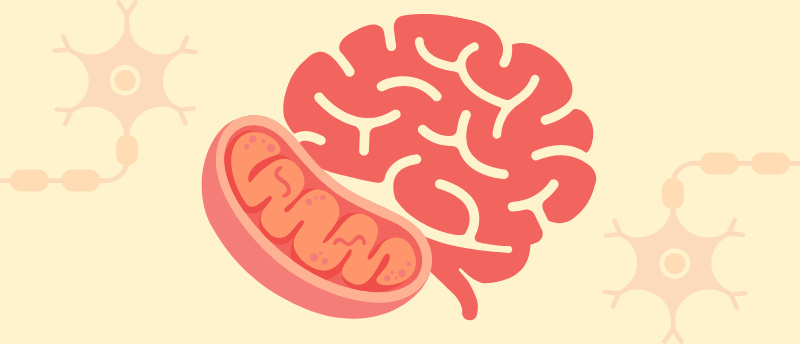Uncovering the role of mitochondrial dysfunction in multiple sclerosis

Reduction in mitochondrial activity in multiple sclerosis contributes to Purkinje cell loss.
Researchers at the University of California, Riverside (CA, USA) have demonstrated the role mitochondrial dysfunction plays in nerve damage, Purkinje cell loss and motor impairments in multiple sclerosis (MS). This discovery highlights some of the underlying mechanisms of cerebellar degeneration in MS and opens new opportunities for developing targeted treatments for this disease.
The cerebellum is a key area in the brain for movement and balance. Within the cerebellum, there are special cells known as Purkinje neurons thatare essential for fine motor skills. In MS, the cerebellum can be damaged and Purkinje cells often begin to die, leading to motor impairment; however, the underlying mechanisms of this cerebellar dysfunction remain unclear.
To uncover these mechanisms, researchers began looking at brain tissue from MS patients and a well-established mouse model known as experimental autoimmune encephalomyelitis (EAE), which has similar pathologies to MS patients.

The benefits of exercise on a molecular level
A protein that plays a key role in mediating the health benefits of exercise has been discovered.
“Our research looked at brain tissue from MS patients and found major issues in these neurons: they had fewer branches, were losing myelin, and had mitochondrial problems – meaning their energy supply was failing,” Seema Tiwari-Woodruff said. “Because Purkinje cells play such a central role in movement, their loss can cause serious mobility issues. Understanding why they’re damaged in MS could help us find better treatments to protect movement and balance in people with the disease.”
Looking into mitochondrial alterations, the researchers observed that as MS progresses, mitochondria in remaining neurons begin to dysfunction and their energy-producing functions start to fail. The researchers also observed that while neuron damage and demyelination begin early in MS disease progression, death of brain cells only happens as the disease becomes more severe. “The loss of energy in brain cells seems to be a key part of what causes damage in MS,” commented Tiwari-Woodruff.
The brain tissue from MS patients and the EAE mouse models also revealed a reduction in mitochondrial complex IV activity (COXIV) and significant loss of Purkinje cells, along with increased inflammation and demyelination. Further investigation into EAE mice revealed altered mitochondrial structure, modified mitochondrial respiration and reduced levels of mitochondrial genes involved in energy production, highlighting that mitochondrial dysfunction is a key contributor to cerebellar pathology.
These findings not only establish EAE mice as a relevant model for studying MS-related cerebellar pathology but also open new avenues for developing treatments that target mitochondrial function, offering another therapeutic strategy for MS.
“Targeting mitochondrial health may represent a promising strategy to slow or prevent neurological decline and improve quality of life for people living with MS. This research brings us a step closer to understanding the complex mechanisms of MS and developing more effective, targeted treatments for this debilitating disease,” concluded Tiwari-Woodruff.